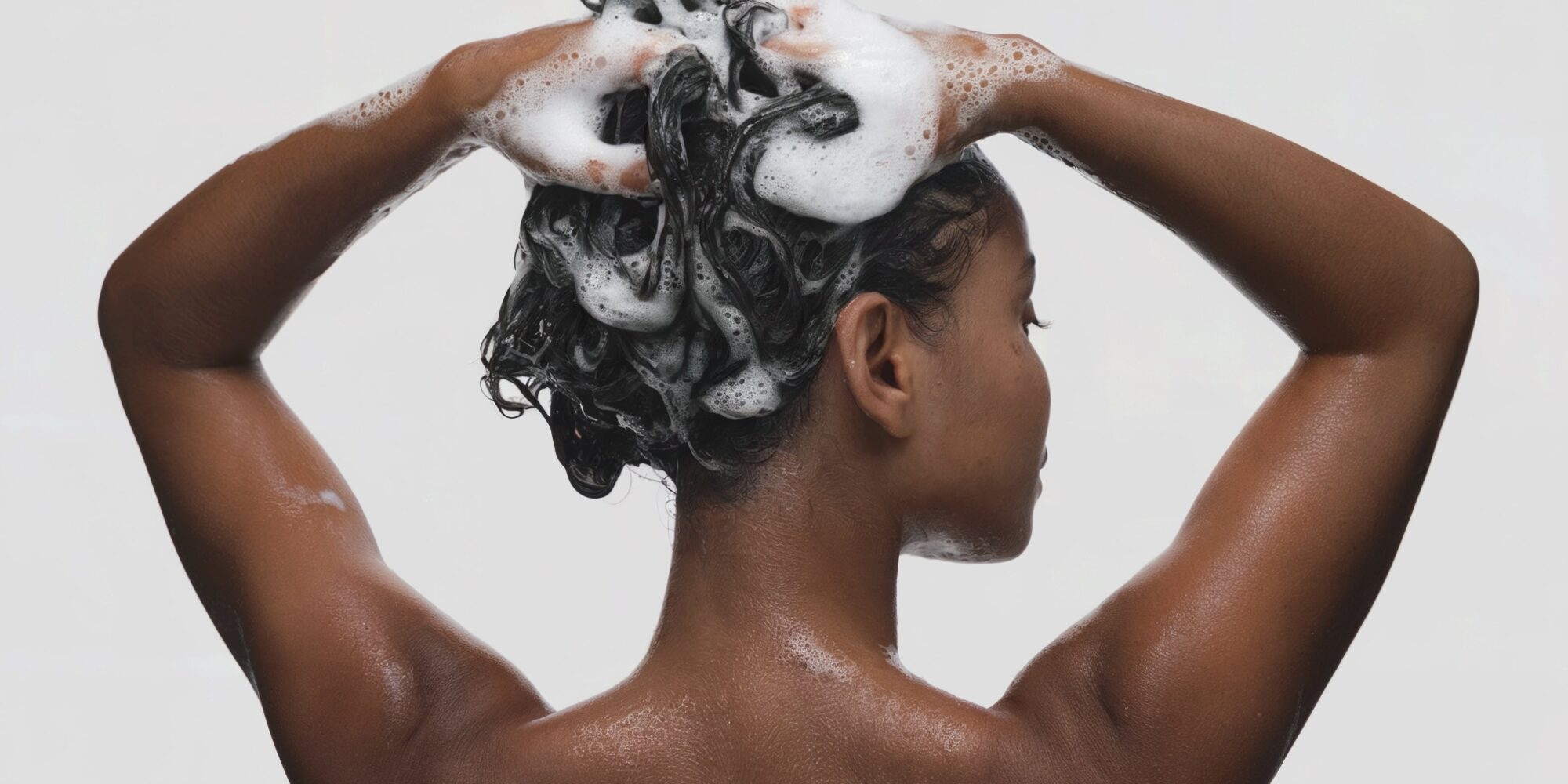
Sula Labs Founder And Cosmetic Chemist AJ Addae Identifies 5 Beauty Industry Themes To Watch For Next Year
“In an industry that’s so fast paced, supersaturated and increasingly becoming more costly, we’re all exhausted,” wrote cosmetic chemist AJ Addae in a recent email newsletter from Sula Labs, the research and development lab she founded in 2021.
Despite her exhaustion, Addae, who’s been a trusted source of trend forecasting for Beauty Independent for three years, remains hopeful going into 2025. She foresees companies coming together to maximize exposure and cost efficiency, pushing into fragrance to capitalize on consumers’ scent obsession, edging into luxury territory to protect margins, embracing prevention positioning and returning to chemical sunscreen filters. Below, we explore those themes in greater detail.
The Luxury Lean
If President-elect Donald Trump institutes the tariffs he’s proposed, the cost of goods could skyrocket for beauty products, and Addae prognosticates that clean beauty brands in particular will respond by pushing up prices. “Across the board, I see that there does have to be a tax when it comes to clean beauty more than even clinical brands, and I think consumers are going to pay a little bit more for it,” she says. “We’re seeing more clean beauty brands lean in towards luxury as a feature of being clean because it inherently costs a little bit more to be clean and have that value.”
Addae highlights Tata Harper’s Regenerating Cleanser, a bestseller priced at $46 for a 50 ml.-size and $88 for a 125-ml. size, as an example of a pricy clean beauty product consumers have shown a willingness to pay for. May Lindstrom’s bestselling balm The Blue Cocoon is $220. The clean beauty brand has resumed to retail after a 4-year hiatus, signaling that retailers sense an appetite for high-end brands even as consumer caution reigns.
Sunscreen SWITCHEROO
Holding a small share of the sunscreen market, mineral sunscreens grabbed the spotlight with the ascendance of the clean beauty movement. However, Addae has observed lately that consumers, schooled on the complications and limitations of sunscreen development in the United States, where there are fewer sunscreen filters permitted than other countries, apprehension about chemical sunscreens has dissipated.
She says, “They’re moving toward an acceptance of, maybe I misunderstood what these UV filters do, maybe I misunderstood the fact that there is no such thing as a bad one. They want to move towards what works for them. They’re cutting through marketing a little bit harder than they historically have and going straight toward, I want results.”
Responding to consumer behavior, Sula Labs has noticed brands moving to creating to chemical over mineral sunscreens and has received more requests for chemical sunscreen development this year than in its previous history. “That’s clear proof,” says Addae. “I think we’re embracing being more flexible around how we feel and how we talk about sunscreens.”
Clinical Haircare
Addae expects prevention, already a big buzzword in skincare, to be embraced in haircare and maintenance products that compete with styling products, especially in the textured haircare arena. “We’re going to see a rise in products that are more scalp care, end care…the equivalent of medical grade in the way that we might be seeing things that are helpful for scalp itchiness,” says Addae, noting science-backed, trichologist-approved products from British haircare brand The Steam Bar are in this vein.
Addae explains the spread of preventative and clinical haircare products stems from people bringing treatments home. She says, “In the same way that people are doing their nails at home more because things are getting more expensive, I think people are also bringing their hair treatments home, too, and that requires the haircare industry to keep up with what the kinds of things are already going on in the salon and how we can package that into products that are easy to use and easy to understand.”
Fragrance EXTENSIONS
Fragrance extensions are the new lip oils, according to Addae, who anticipates they will be everywhere next year. “Fragrance has been a conversation over this year, but I think brands are going to introduce a fragranced version of a cult fave or maybe a body lotion that smells like your favorite hair product,” she says. “I think we’re going to see more of achieving cult status through other avenues such as fragrance or body care.”
Collaboration Nation
Whether it’s between brands (think Ouai and DedCool’s collaborations on limited-edition detergents Melrose Place and North Bondi) or with brands and distribution or supply partners like hotels or manufacturers (see biotechnology firm’s Debut relationship with Formula Fig), Addae predicts the pace of partnerships will pick up speed as companies seek mutually beneficial arrangements. She says, “Collaboration is a way to earn more consumer trust as well as a way to get your products in front of people that you wouldn’t have ever gotten them in front of before.”
Addae continues, “There was a period where people wanted to keep their cards to their chest, and I think that’s still very valuable today, especially if you have a lot of really wonderful proprietary things, but with brands that want to fill in gaps and also companies that want to fill in gaps on where they may not be an expert or even distributing processes where they may not be an expert, they’re linking arms with places that people trust and really align with.”

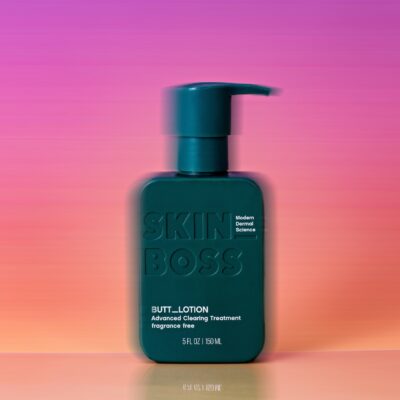
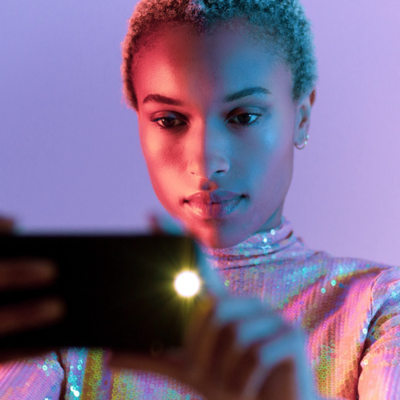
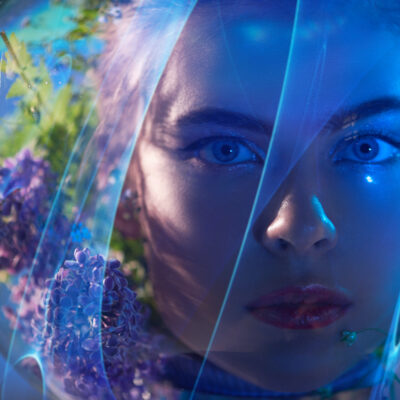
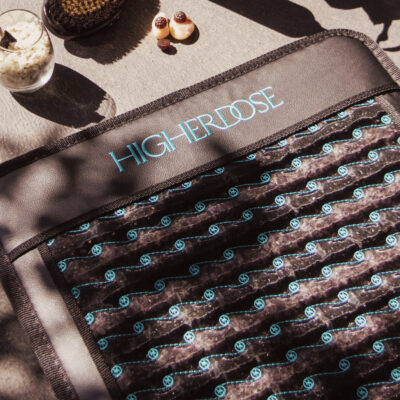
Leave a Reply
You must be logged in to post a comment.